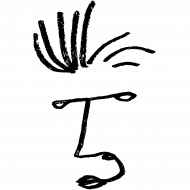Tempo di Recupero is part of a previous installment at La Taverna. I built this page to provide context. Tap on any image to make it larger & scroll on my friend ⇩
1️⃣ “Fare o Essere” | April 2022
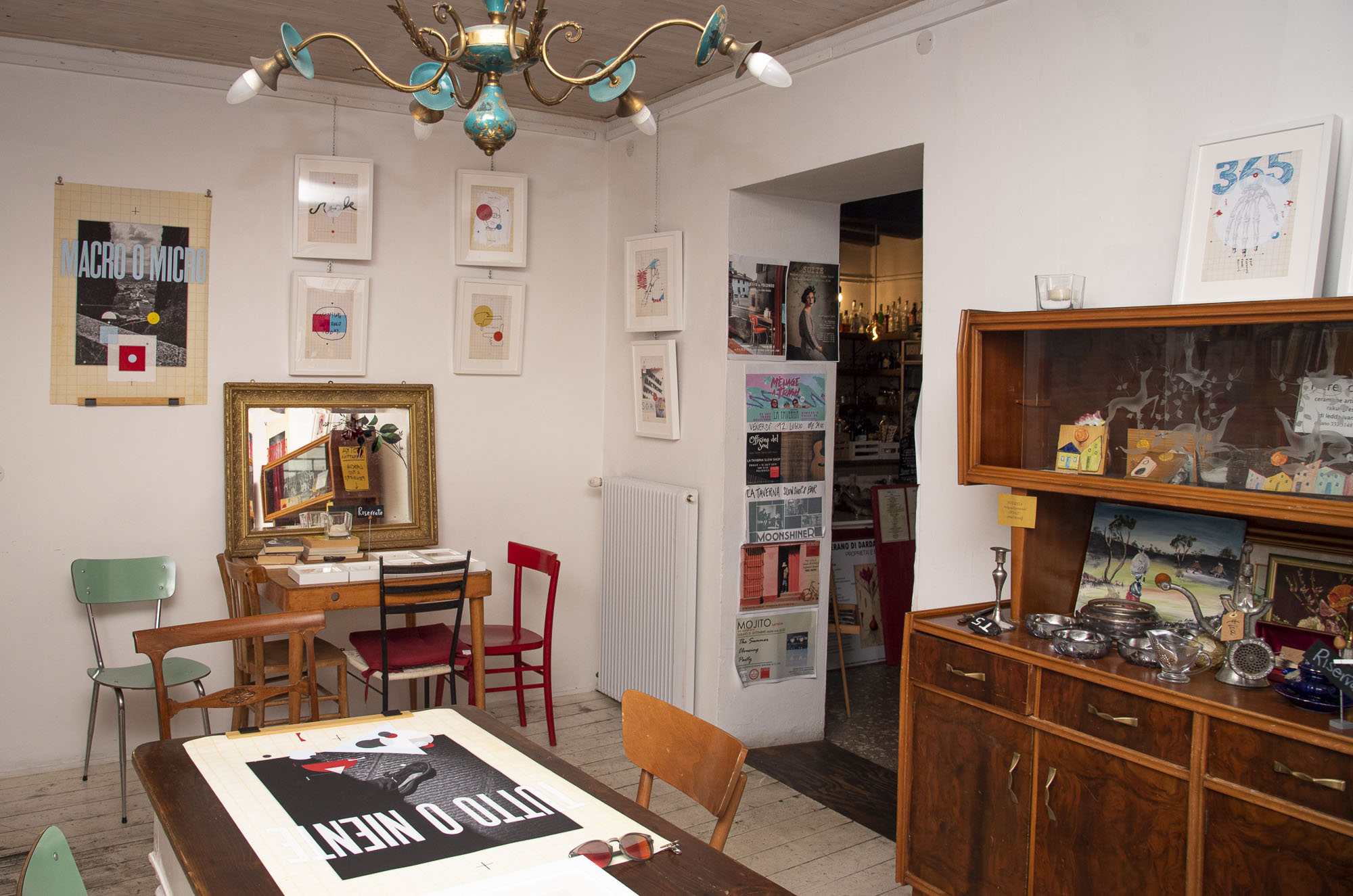
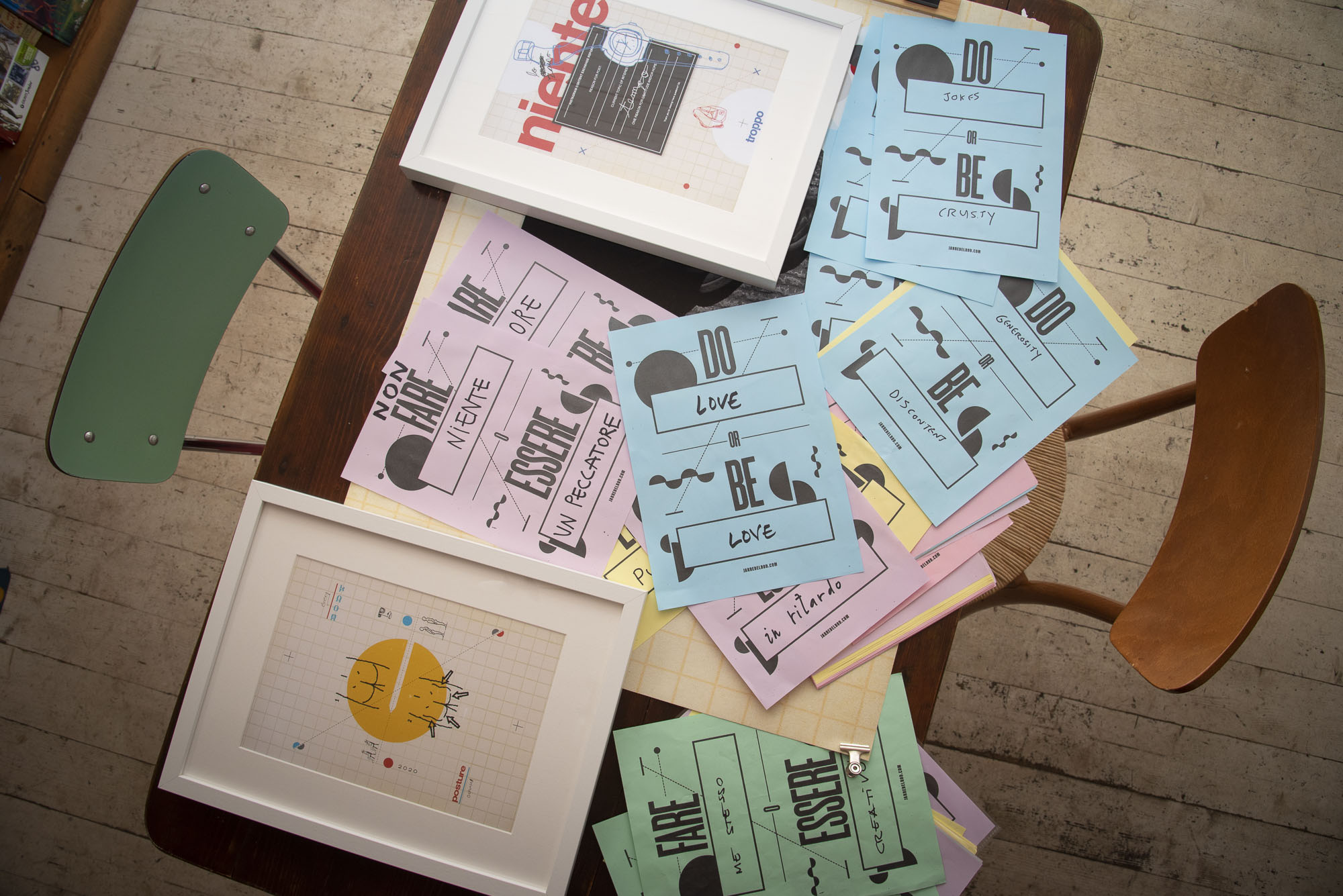
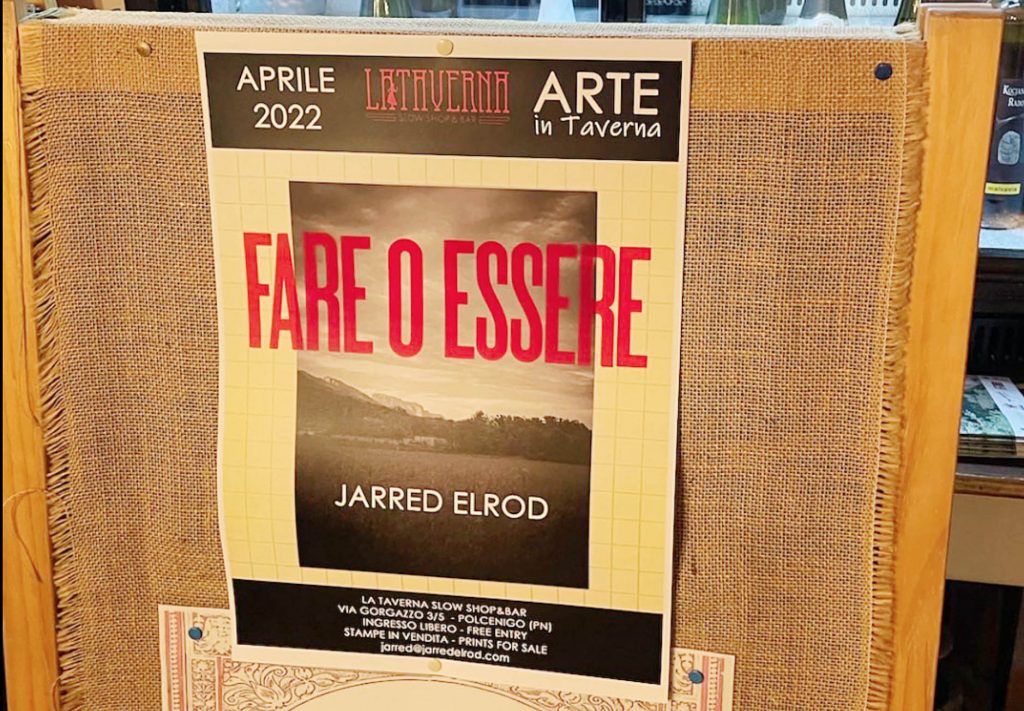
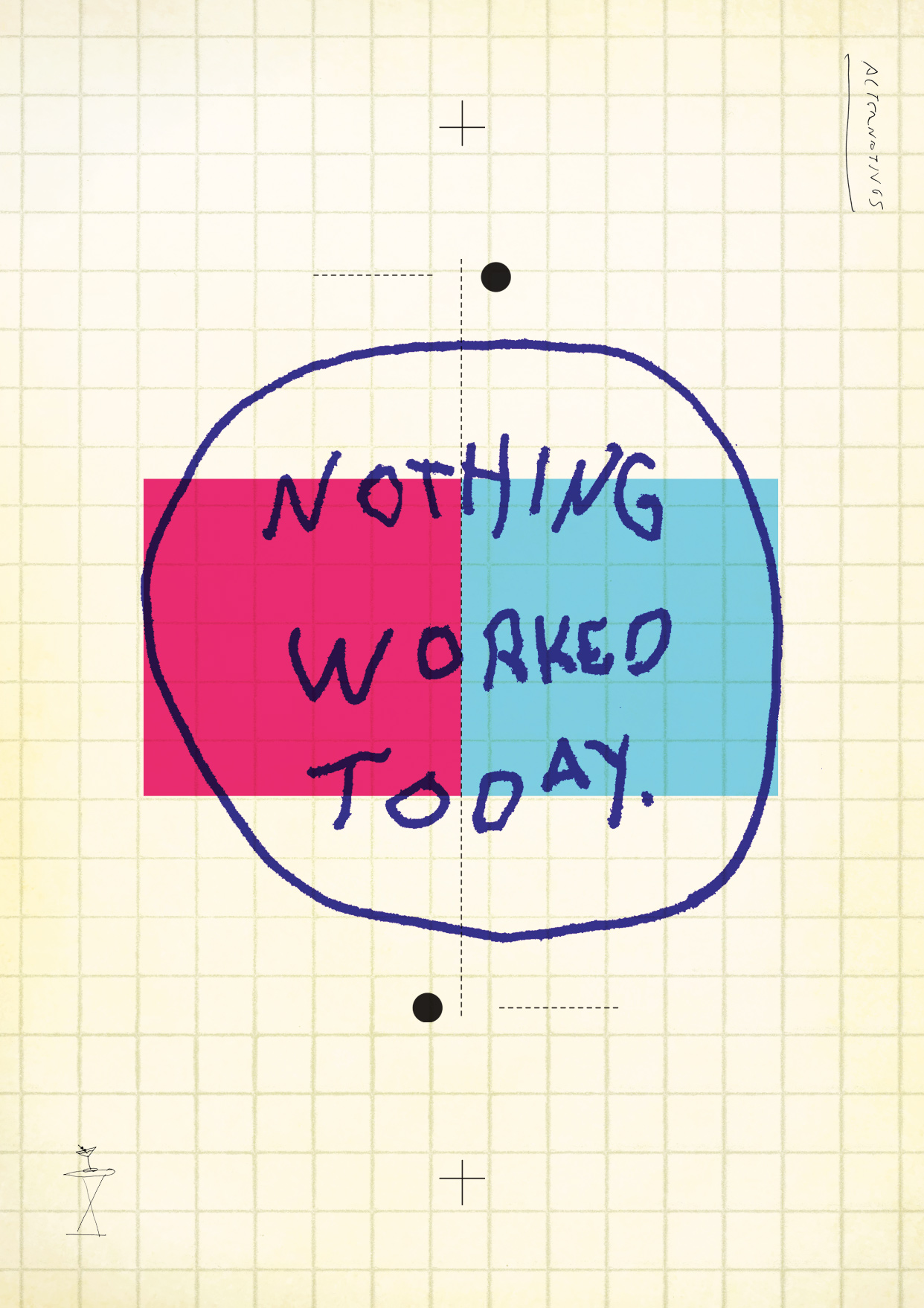
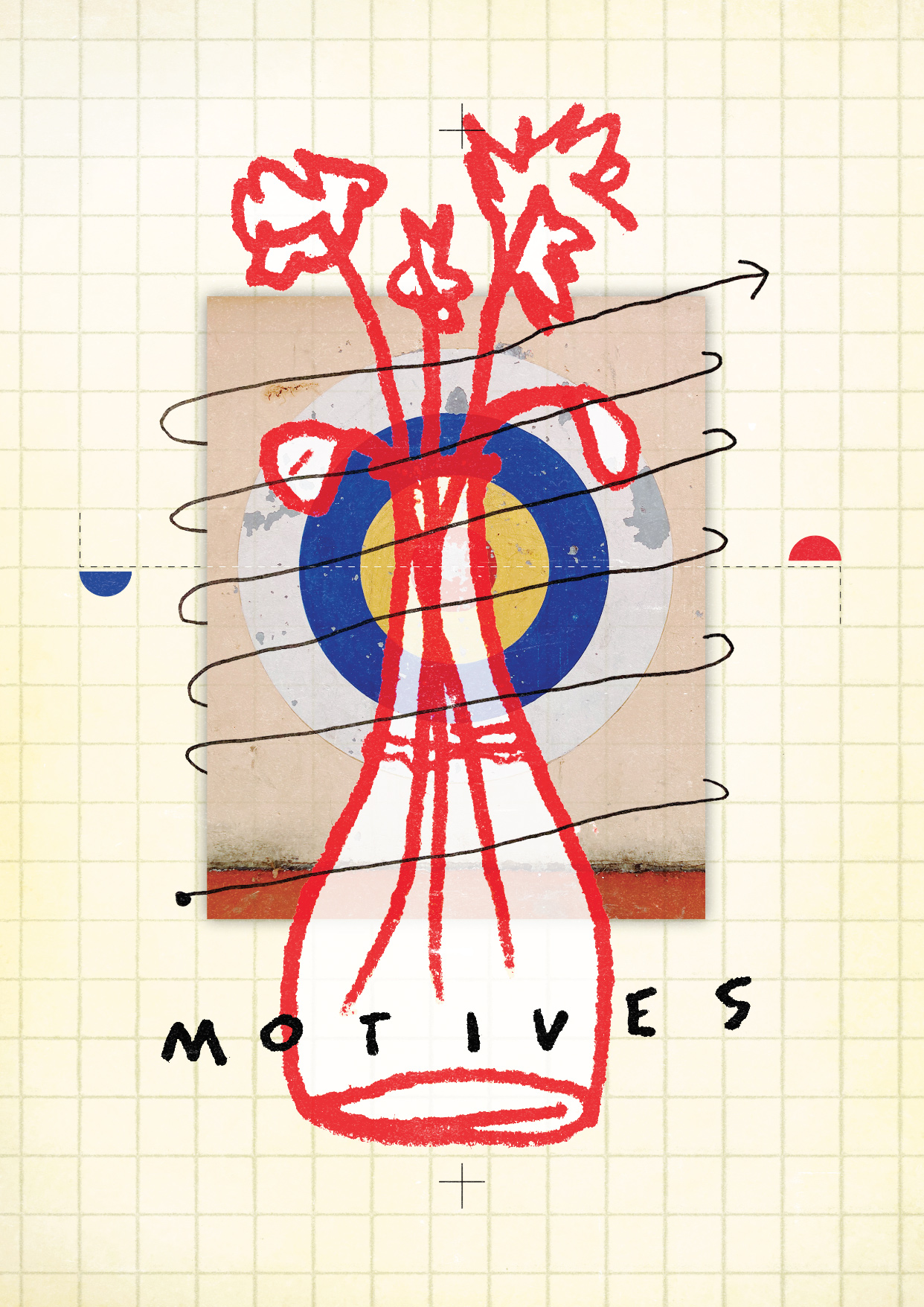

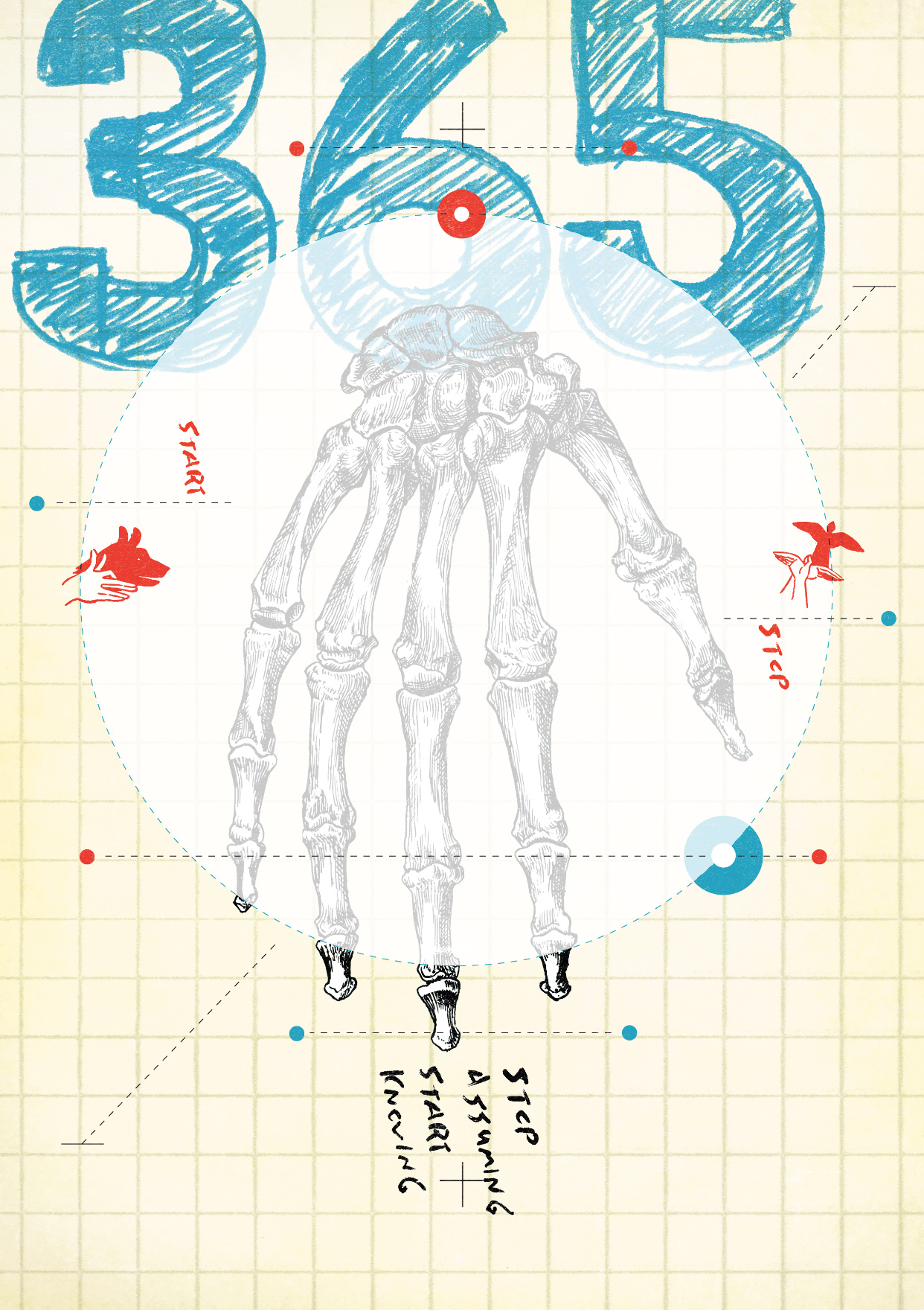

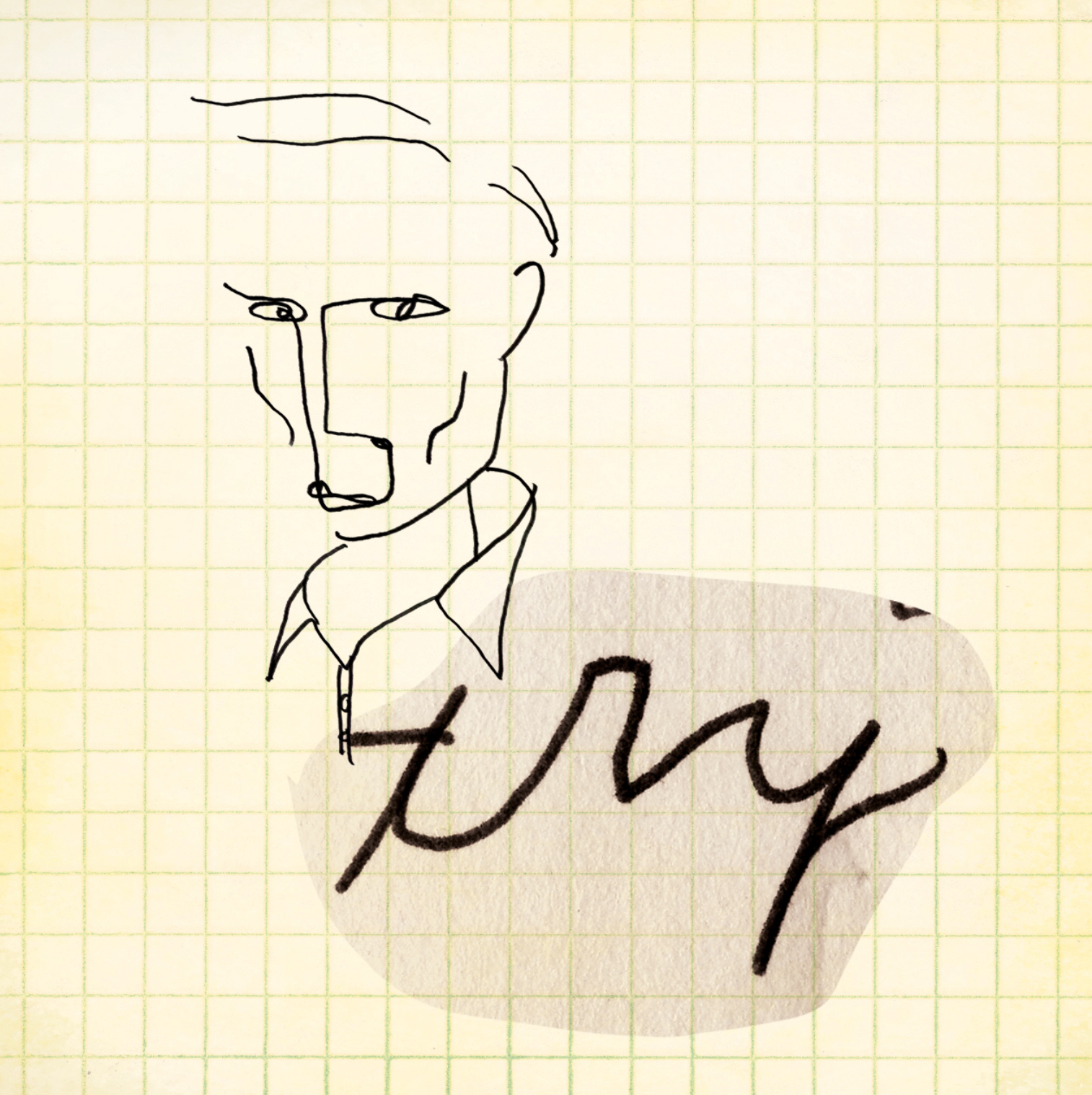
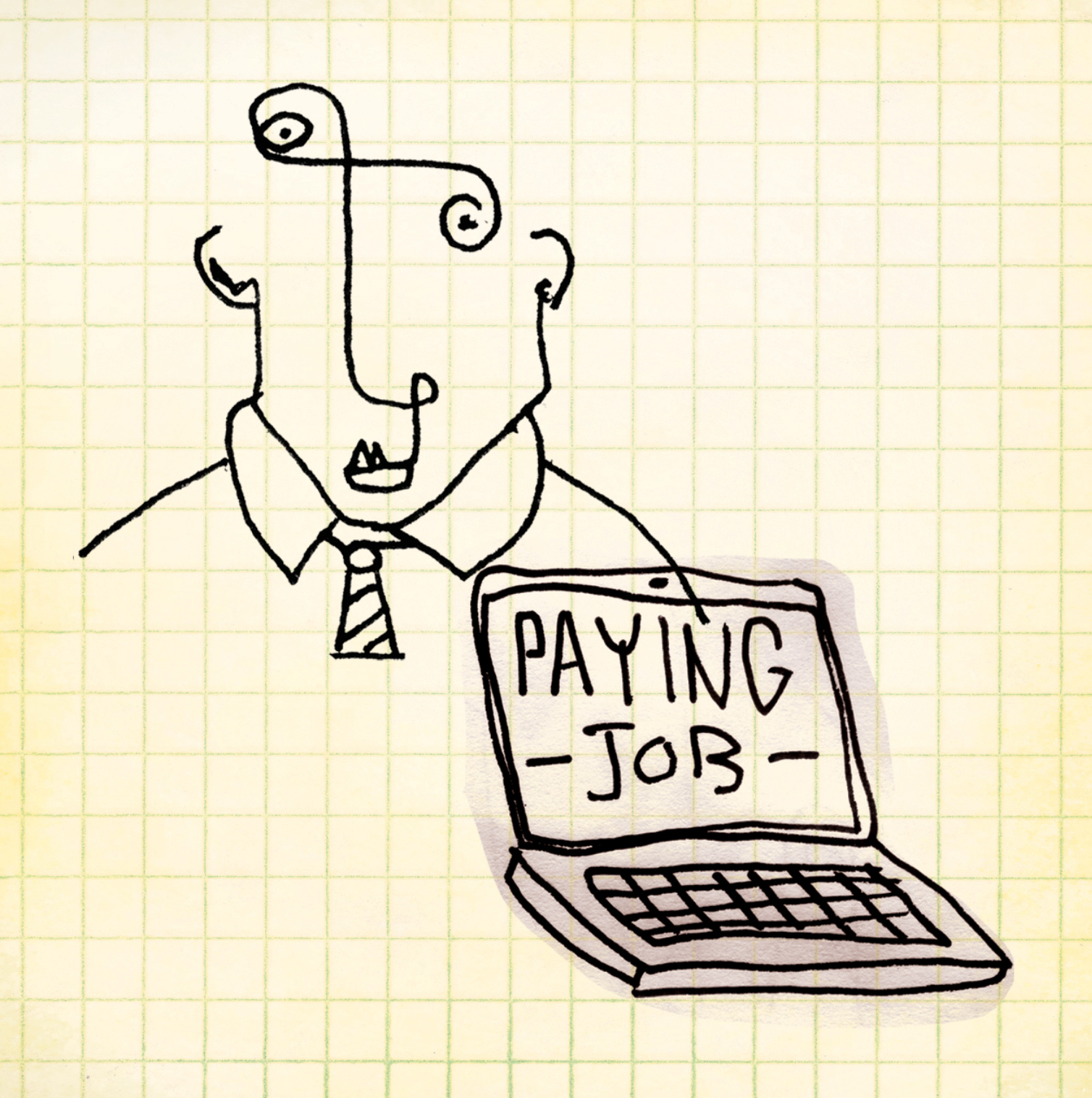
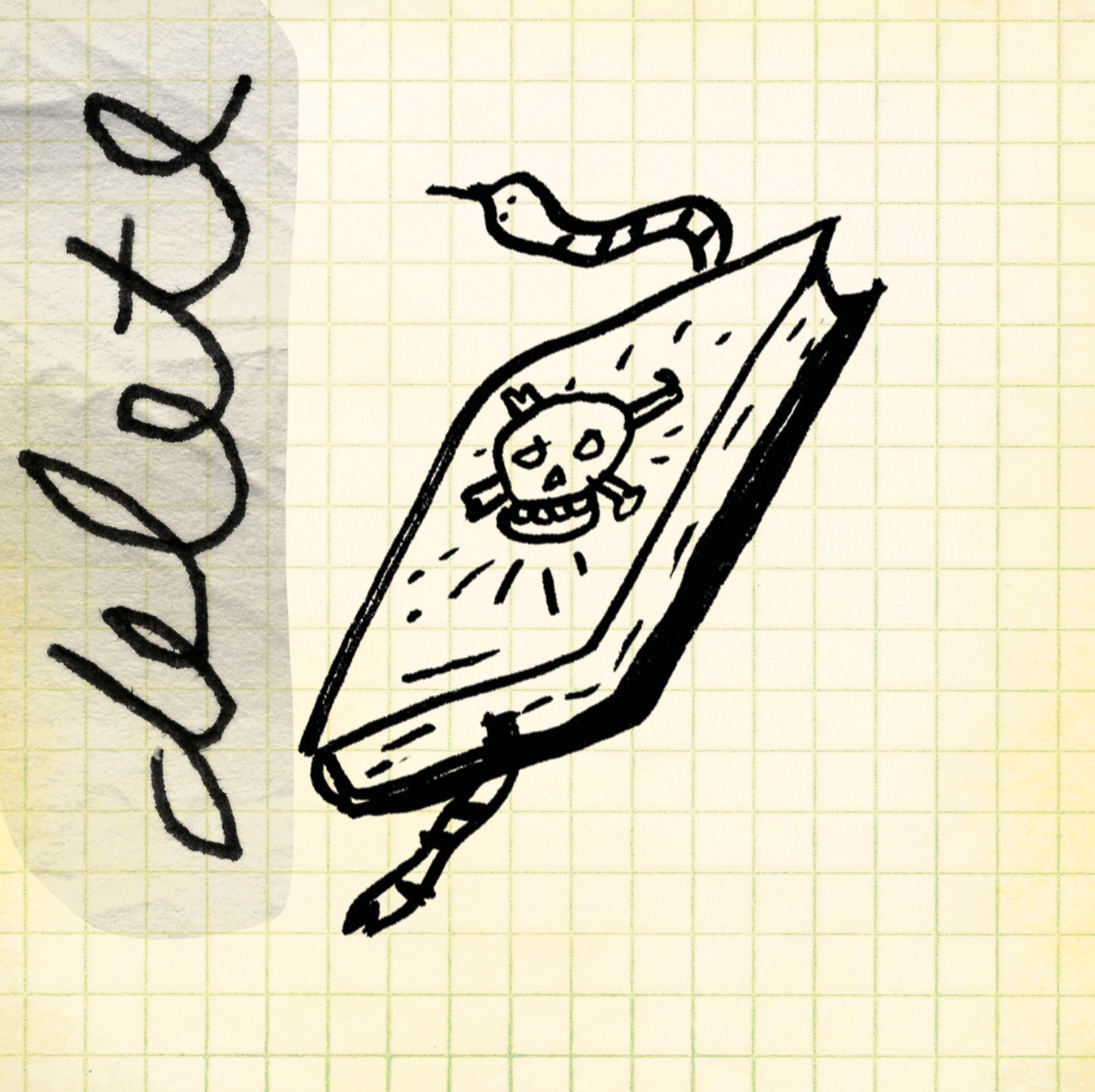

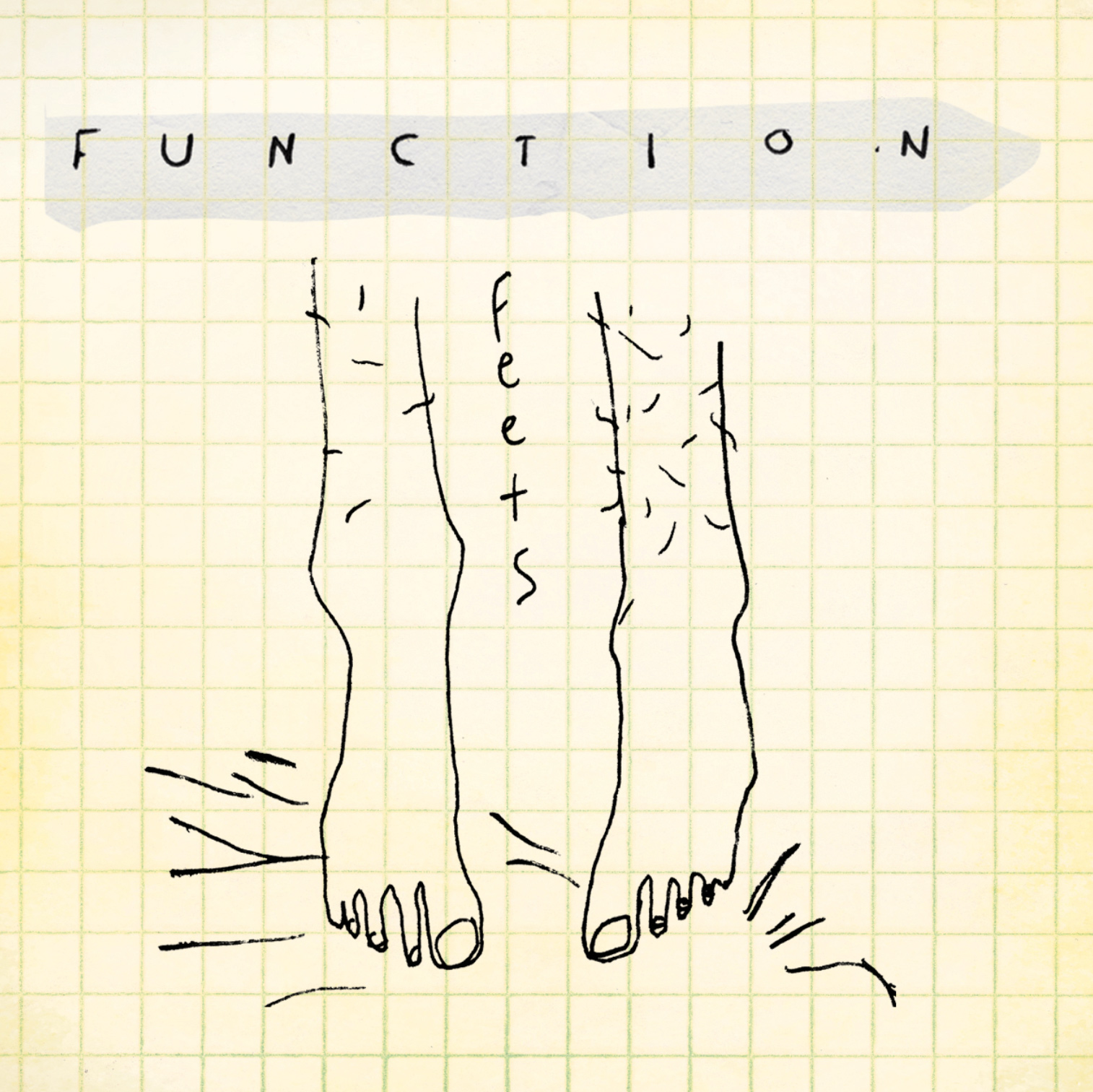
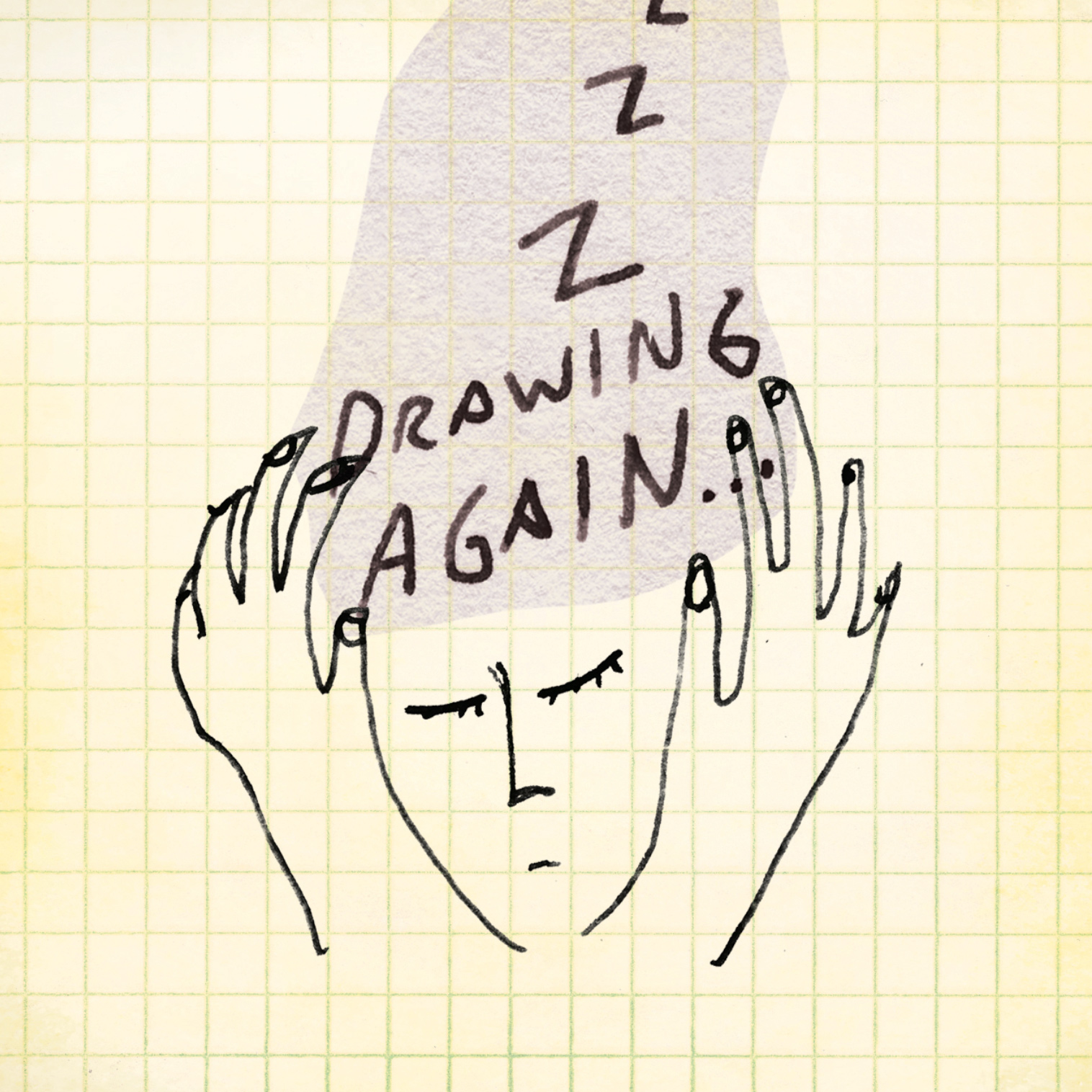
I titled the first exhibition I held at La Taverna Slow Shop & Bar “Fare o Essere” (“Do or Be”) because the work playfully posed big existential questions without necessarily providing any concrete answers. However, the most important aspect of the show was audience participation. Since I wasn’t providing answers with my work I looked to the local community to see what kind of answers they might provide. I screen printed a prompt in English and Italian for willing participants and was pumped to see I’d collected 70 usable submissions by the end of the show. When I had an opportunity to show at La Taverna again I knew immediately what I wanted to do: take the best 8-10 prompts from Fare o Essere and make large format illustrations that visualized those concepts. The result was Tempo di Recupero.
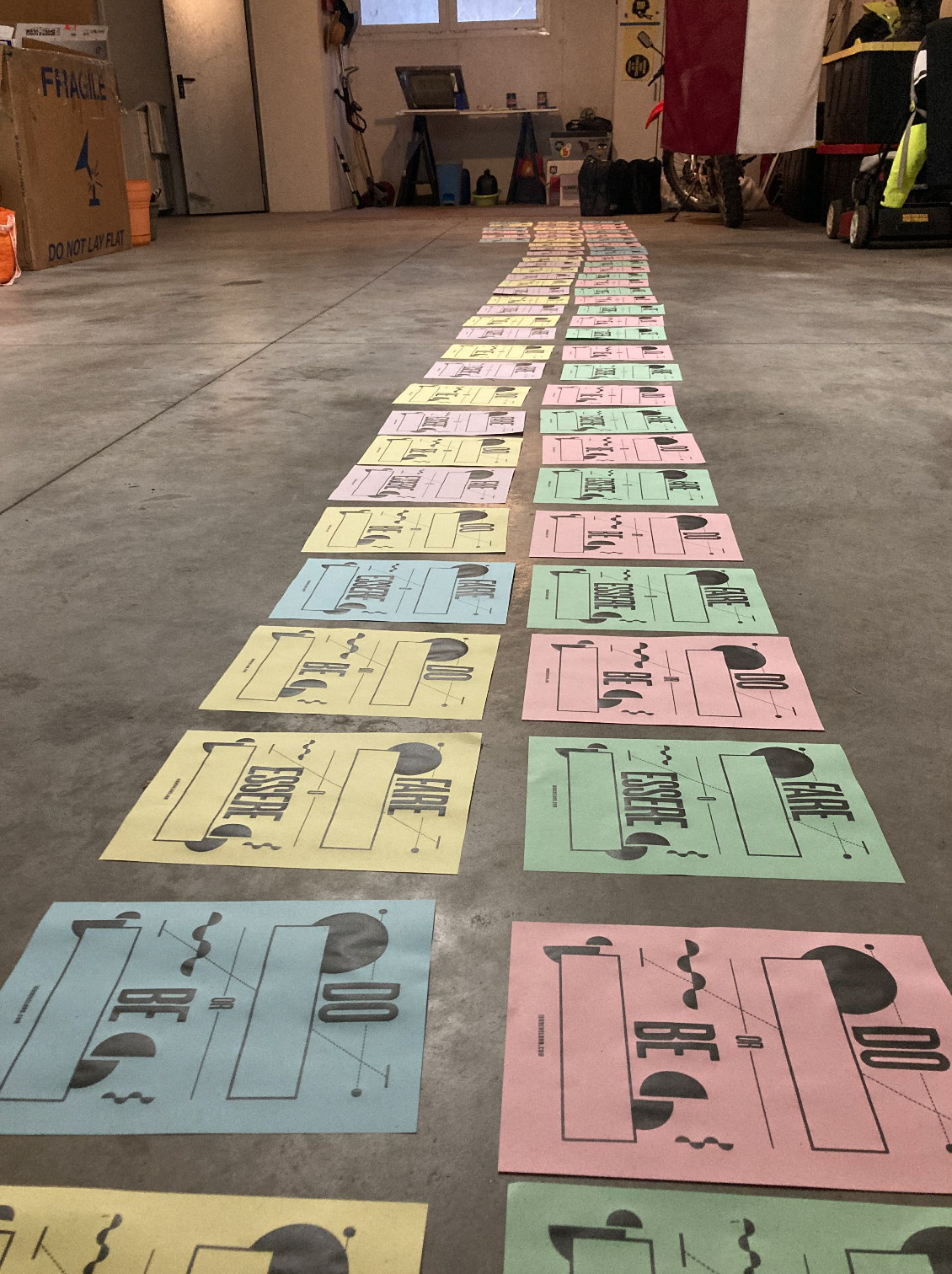
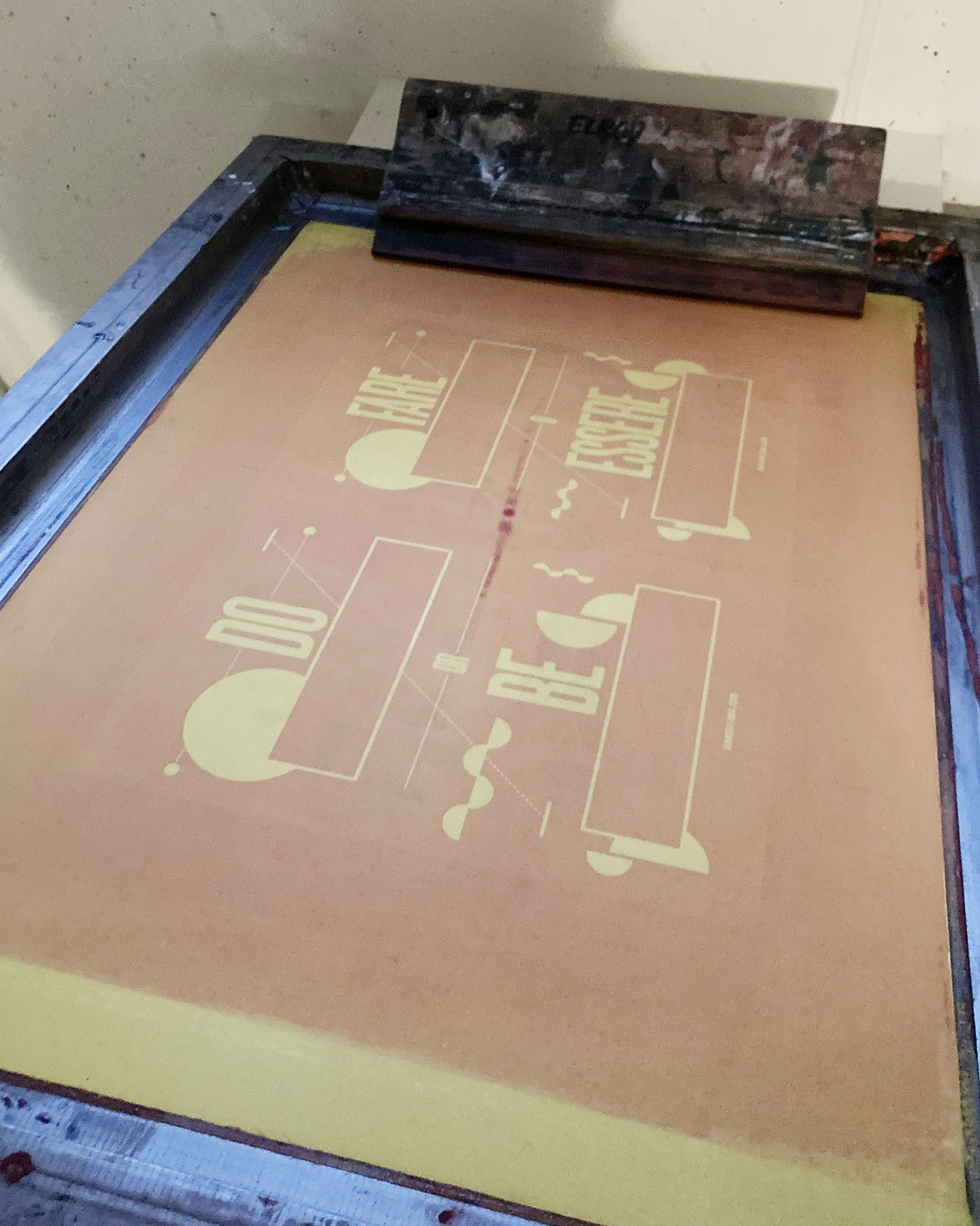









2️⃣ ⬆️ Choosing the best prompts 🙌
The images above are the nine finalists—I was blown away by how clever and sincere the submissions were. Heck, they were MUCH better than my terrible attempts to play my own game when preparing example prompts. That said, in thinking about how I might begin to visualize these concepts it quickly became apparent each would be a challenging task. Naturally, they all ask/pose huge questions and are for the most part, broad in nature. So… I decided to make it even harder by imposing a half-circle format design restriction on myself. There was a method to my madness, though. As I began the sketching process this format naturally rose to the surface because it visually reflected the writing prompt format.
3️⃣ ⬇️ Making the new work 📓 ✍️
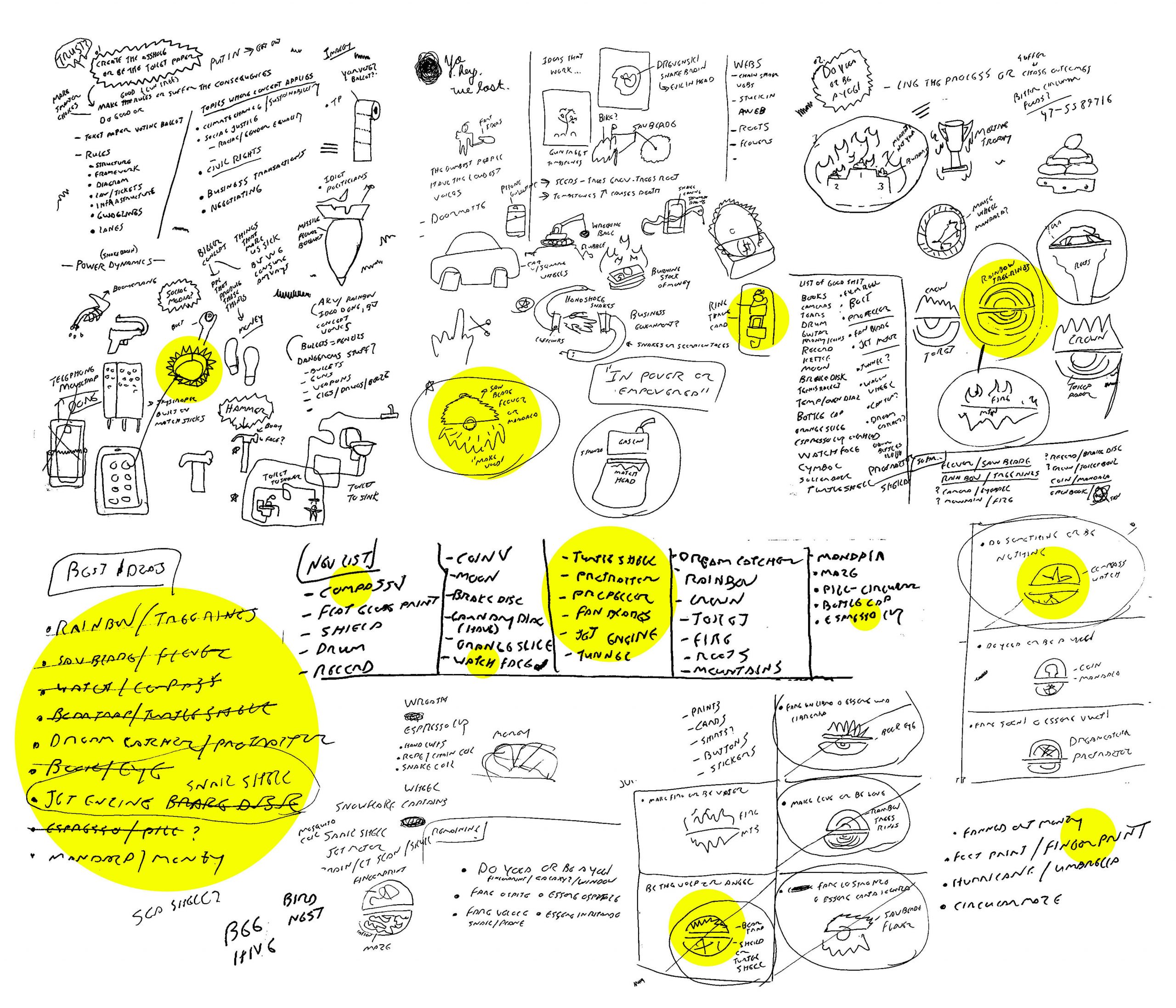
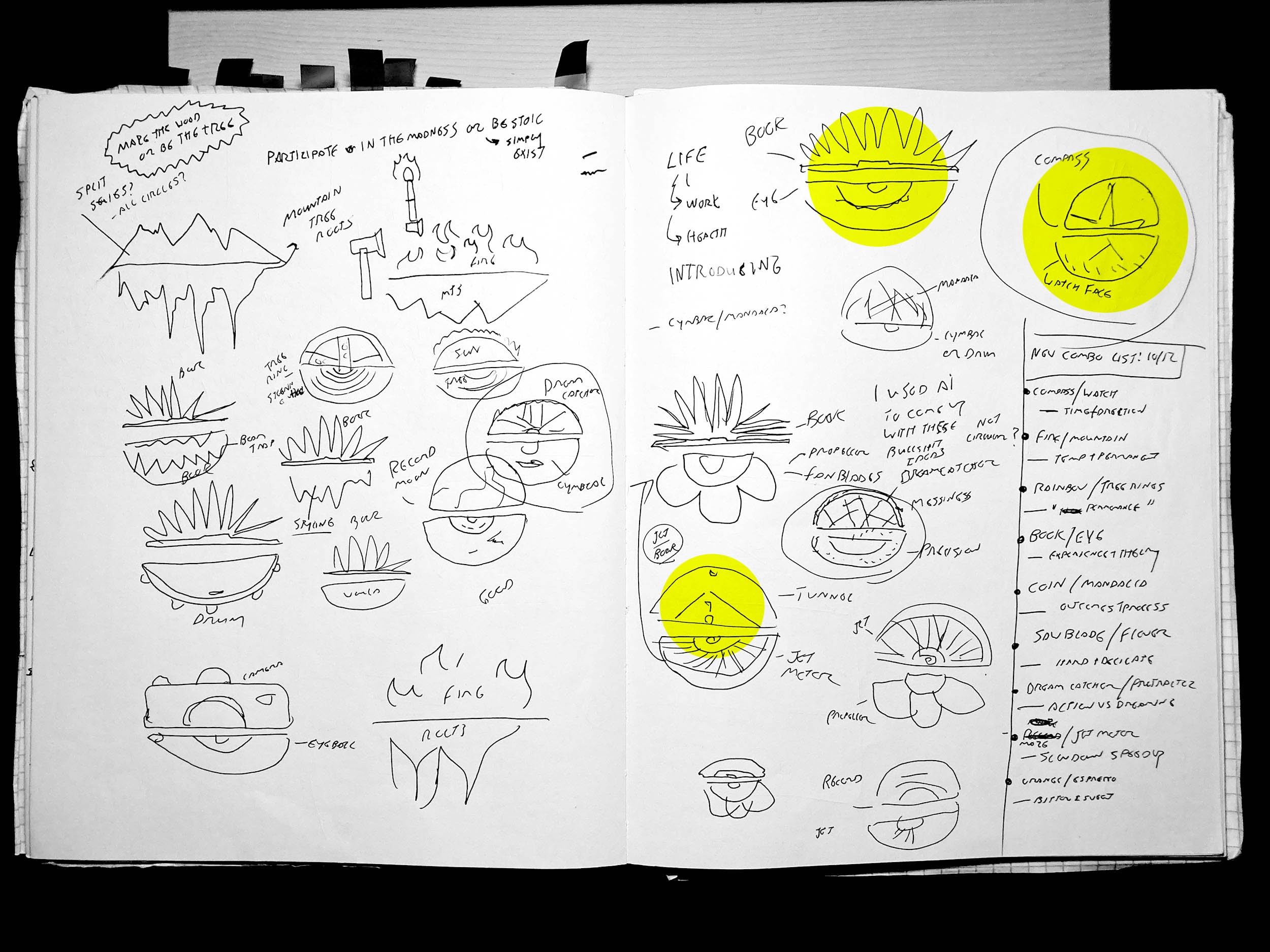
⬆️ Process + Sketching 🤔 😭 🙃
I’ve had several folks as me about my sketching process and how something gets from my sketchbook to the computer (or whatever the final iteration is). Lots of designers now are using iPads and procreate to sketch and build final images. While I’d like to give that a try, I’m still very much an analog sketchbook kinda guy. My sketching process is fast, chaotic, and for the most part, ugly. It’s much more about getting the idea on paper than trying to make it perfect… unless what I’m doing requires a super tight drawing that will be scanned and used I almost never tighten my sketches. The only exception is when I’m working with a client and need to show them a range of sketched concepts to avoid wasting my time building digital options that will get disregarded. I start with a list of ideas and create sketches from the best stuff on the list. Some stuff works and it’s pretty easy to see when something isn’t going to work. I more or less repeat this process over and over again until ideas feel developed/refined enough I’m confident it’s on the mark conceptually and within my ability to build at a high level of quality. You’ll probably notice I also write random thoughts (usually pithy negative stuff, lol) in the margins while sketching. These things may or may not feel related to what I’m doing at the time, but in many cases become incorporated in some way. For Tempo di Recupero, the step beyond the sketchbook was scanning, photographing, or finding stock imagery for things I didn’t have the equipment or access to capture well (jet engines, tunnel entrances, etc…). Once I had the imagery nailed down I textured and half-toned images in photoshop to get the distressed look I wanted. I just let myself have fun building the layouts in Illustrator, but it was important to build a series that felt consistent visually and typographically. I highlighted a few areas in the sketches above ⬆️ in yellow that show some of the earliest iterations of the finished work below. It’s obviously not a linear or in many cases objective process, but I hope this at least sheds some light on how the final pieces came to be 🌞.
4️⃣ ⬇️ Tempo di Recupero | December 2022
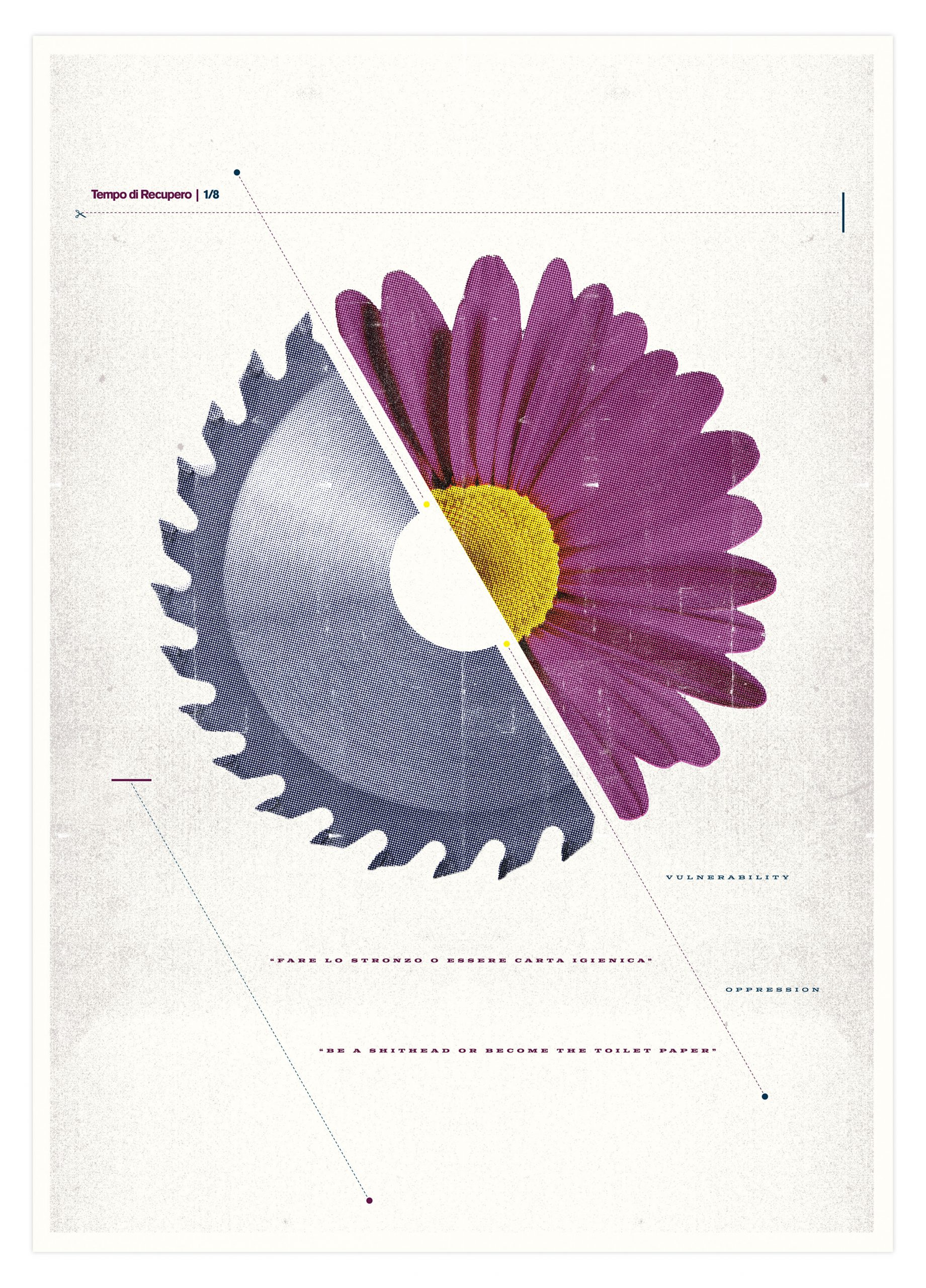
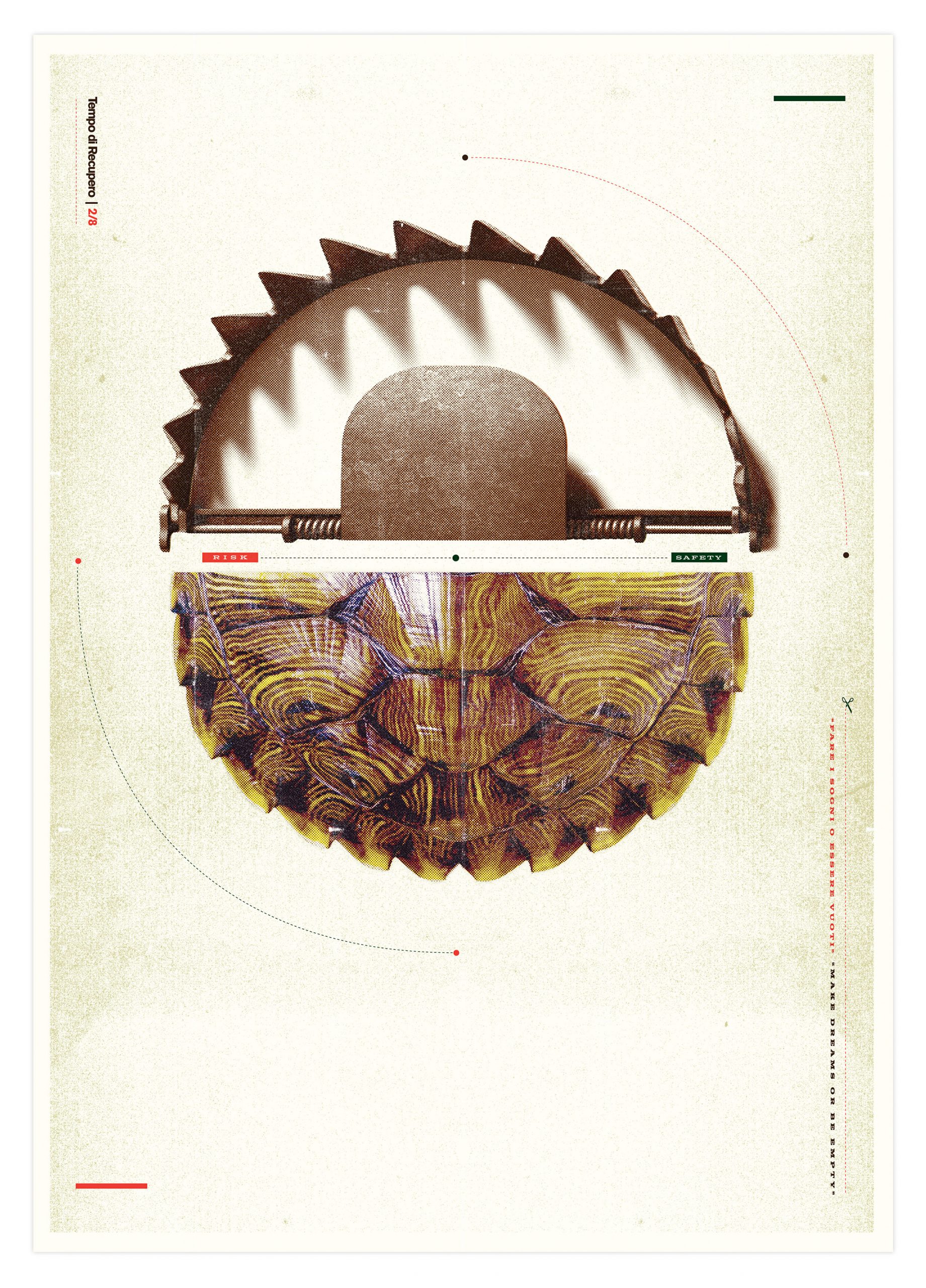
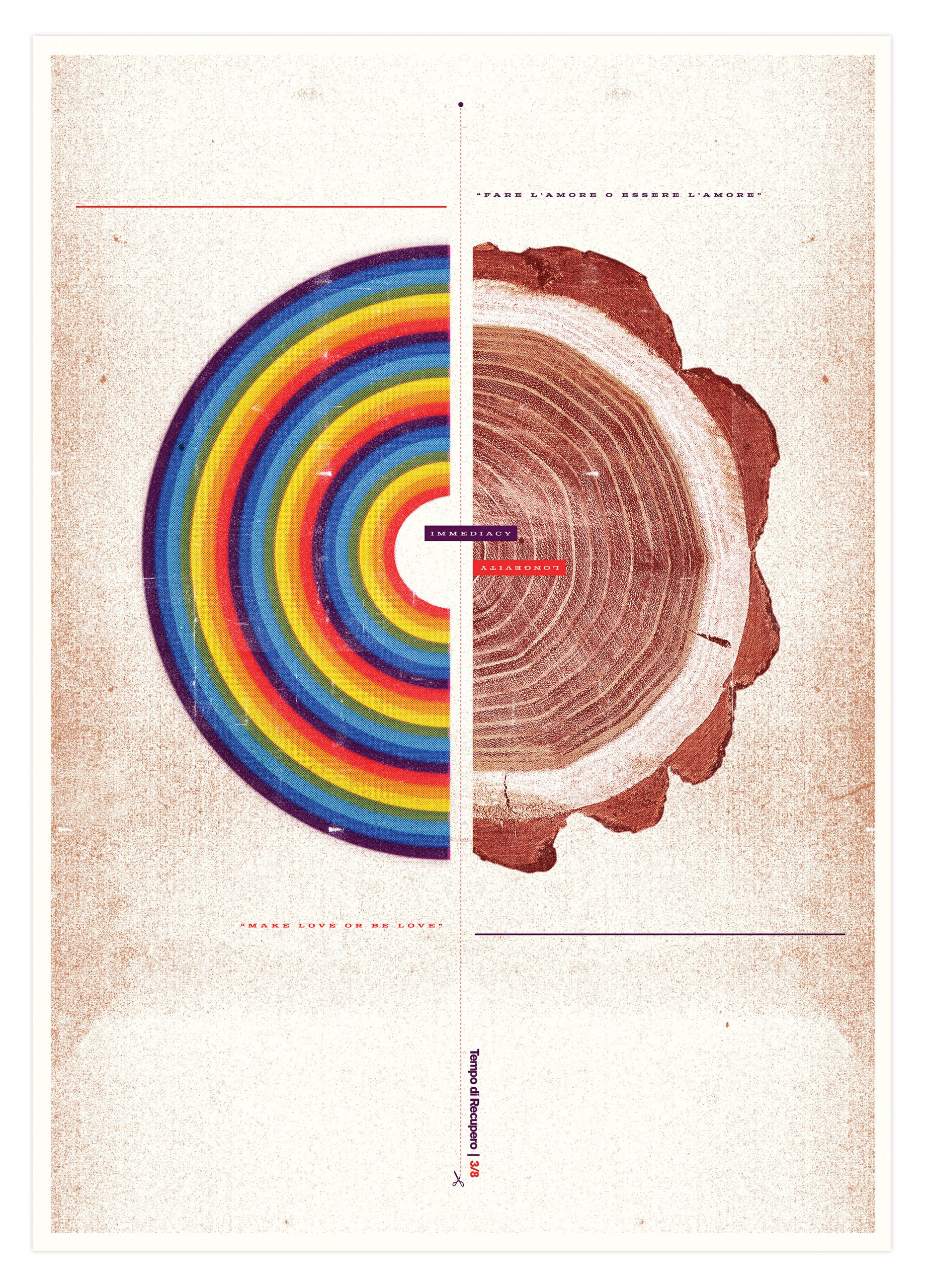


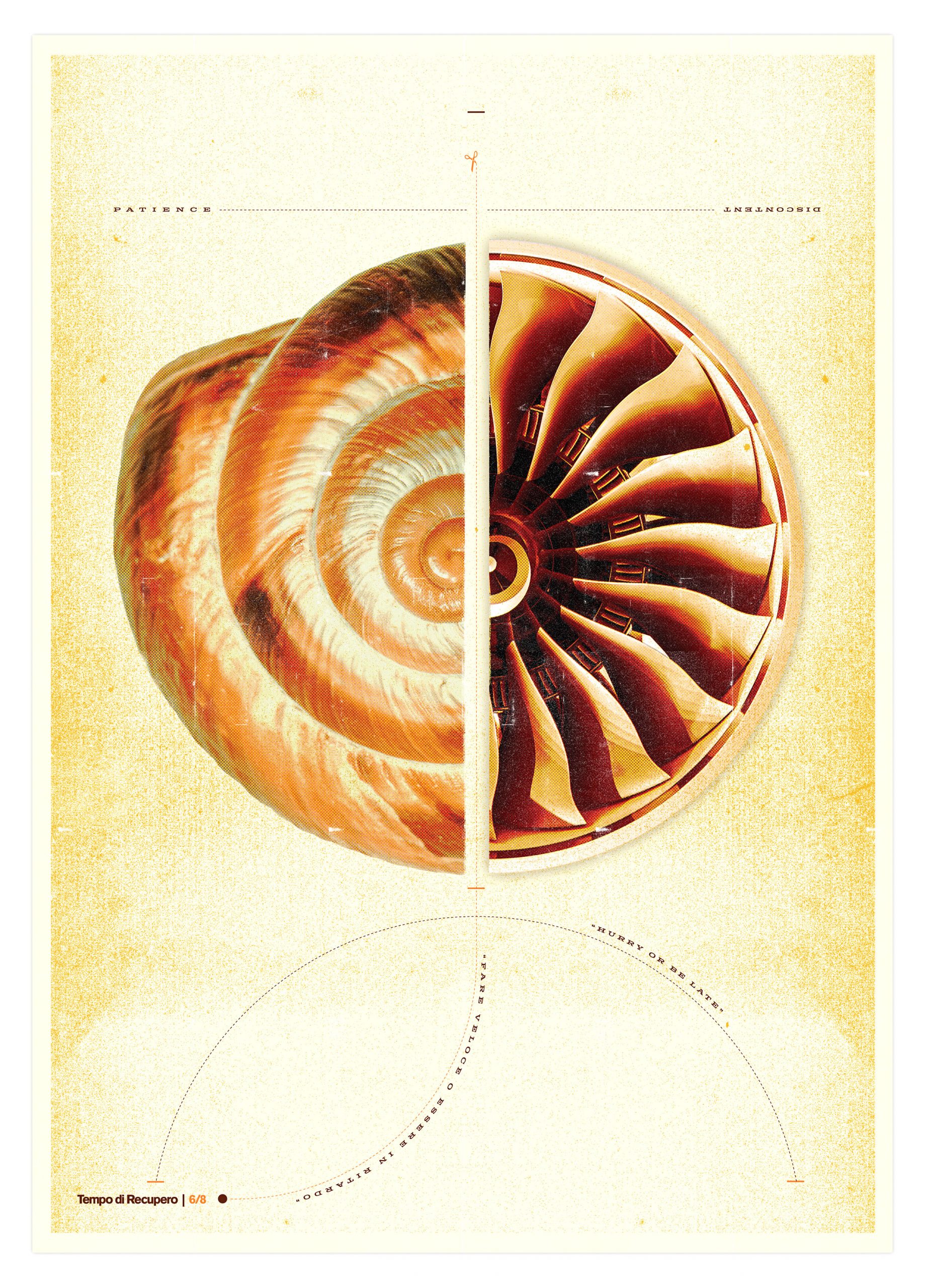
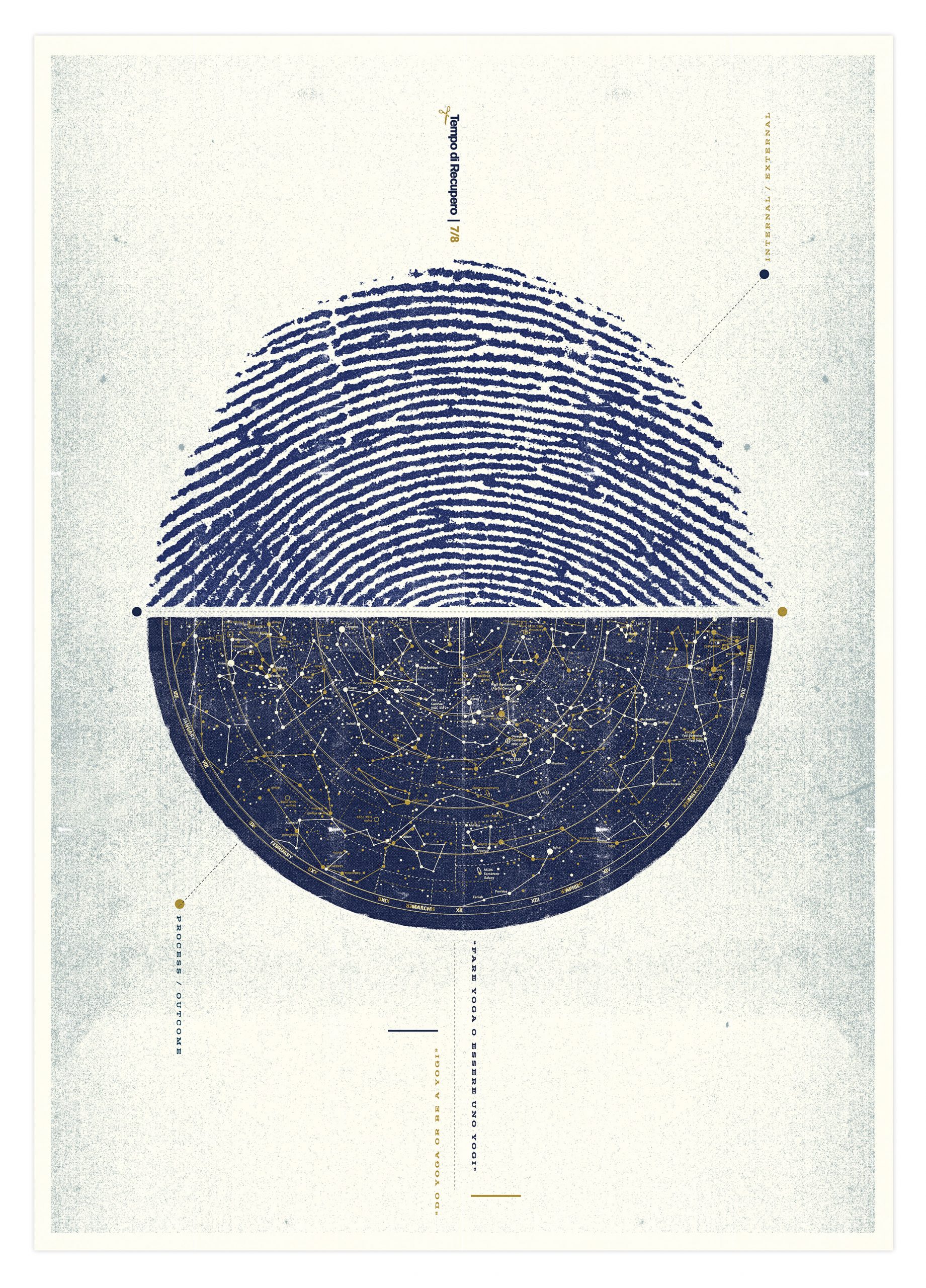
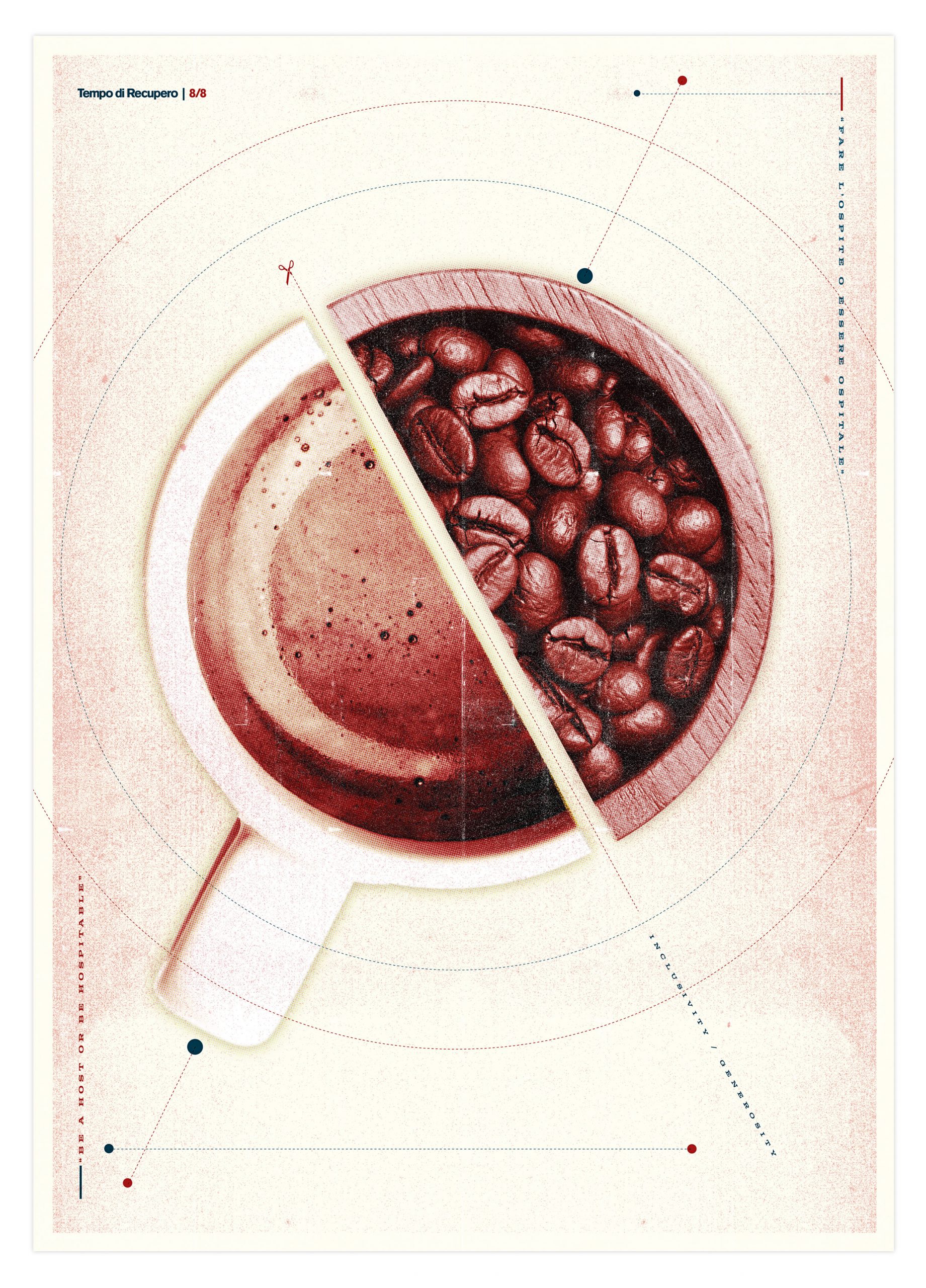
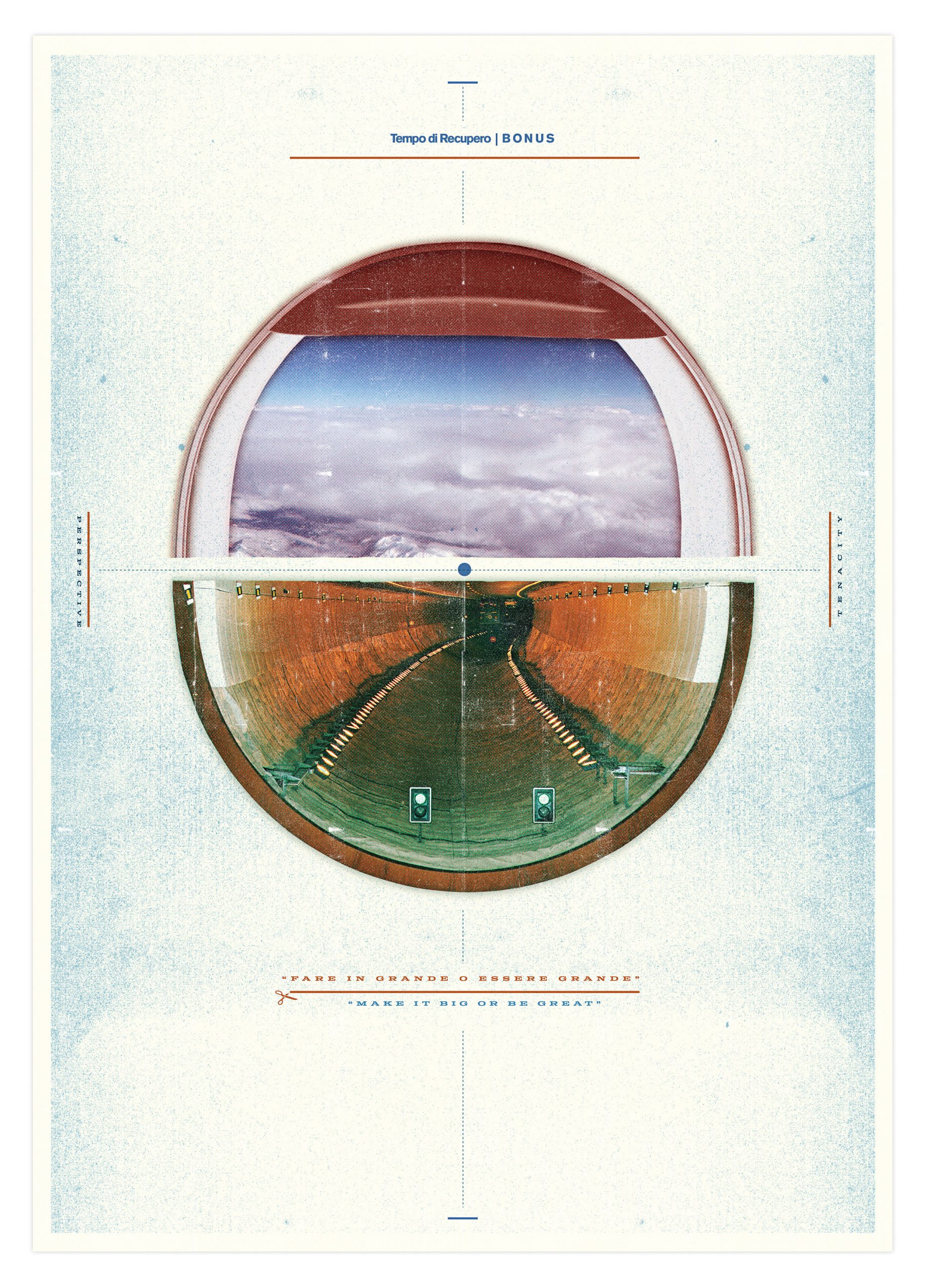
Why’d ya name it that?
Whew…if you made it this far congratulations! I hope you’ve had a fun time playing along. The phrase “Tempo di Recupero” more or less translates to “Recovery Time” in English. Recovery time can be defined objectively as the amount of time it takes one to say… physically recover between sprints or sets of weights in the gym. That being said, it is probably more commonly known from Soccer (AKA Calcio / AKA Futbol) as the time that gets tacked onto regulation in a game to account for any stoppages that might have occurred. In the U.S. this is commonly referred to as “Stoppage Time.” Since I used assets collected from my first show to build the second show I felt like I was more or less working in Stoppage Time—this is ultimately what led me to name the show (not the world cup happening right now 😬 ). I hope I haven’t disappointed any soccer a-hem… I mean Calcio or Futbol fans out there. As I mentioned earlier, these pieces were difficult to conceptualize. The majority of the heavy lifting happened in the sketchbook. Once I had the ideas building the final pieces came fairly easily and fast. You’ll notice each piece is numbered to correspond with the original source writing and includes the original Fare o Essere sentiment in English and Italian (massive thank you to my friends Betta and Tommy for helping me make sure the translations were accurate).

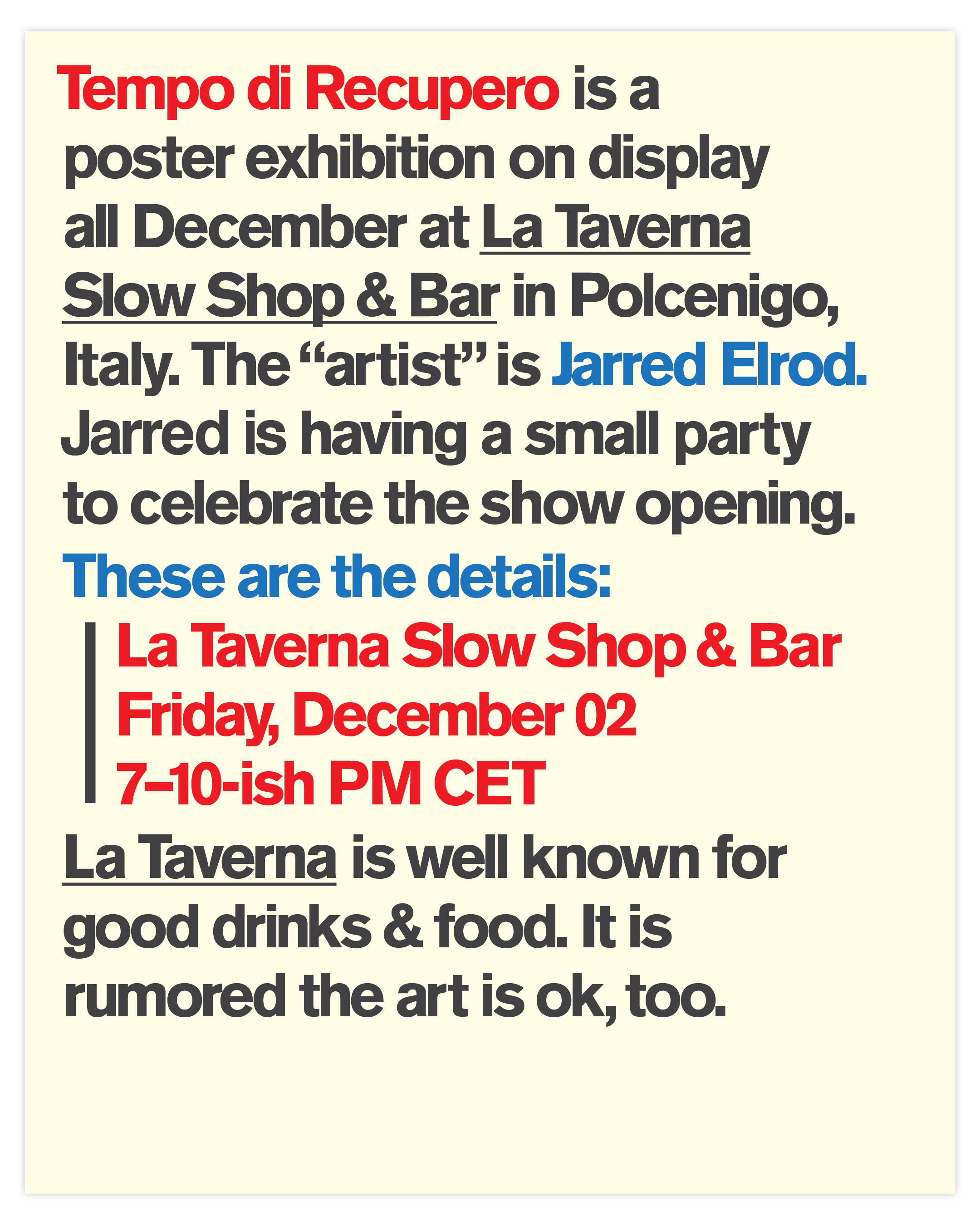
SIDE NOTE: I’ve learned enough Italian at this point to have a solid grasp of what things say and how they roughly translate, but there are SO many cultural and grammatical nuances I’ve given up on ever becoming fully fluent speaking or writing in Italian. That said, I still humbly take lessons and attempt to speak every day while trying not to get too down on myself for continuing to stink after two years of being here. As a bonus typographic element, I took the liberty of including words that I learned as lessons and/or core concepts from the process of visualizing the writings. Overall the process was both challenging and fun—with a healthy dose of frustration peppered in at times. I brought more blank “Fare o Essere” prompts if you’d like to try for yourself. If you can’t find them ask one of the fine folks from La Taverna for one. Feel free to make and leave behind or take it for yourself as something to remember the show by. And if all of that fails—or you aren’t even in Italy, hit me up via my contact page and I’ll send you your very own prompt as a PDF. Last but certainly not least, I’d like to extend a sincere thank you to La Taverna and everyone in the community that both welcomed me as an artist and actively participated in helping to make both exhibitions possible. You all are the best—Grazie a tutti e arrivederci!
